Chemical dependency,
alcoholism and drug use
Chronic opioid, alcohol, illicit drugs addiction & rehabilitation.
Medication assisted therapy MAT:
Suboxone, Vivitrol, Campral, Antabuse, Ibogaine, Botox, acupuncture, hypnosis.
Medication assisted therapy MAT:
Suboxone, Vivitrol, Campral, Antabuse, Ibogaine, Botox, acupuncture, hypnosis.
Do you need a treatment?
Answer the questions below:
If you answer “yes” to two or more of these questions, you might consider our program.
Answer the questions below:
- Have you felt you ought to cut down on your drinking or drug use?
- Have people annoyed you by criticizing you’re drinking or drug use?
- Have you felt bad or guilty about your drinking or drug use?
- Have you ever had a drink or used drugs first thing in the morning to steady your nerves or to get rid of a hangover (eye-opener)?
If you answer “yes” to two or more of these questions, you might consider our program.
Substance abuse is a problem that affects all areas of an individual’s life. Our Center is committed to creating a supportive and educational approach to treatment that teaches the essentials of recovery. Participants develop an understanding of the effects of alcoholism and drug addiction in their lives and begin the daily practice of recovery.
-Programming developed for adolescents and adults focused on behavioral changes and twelve step recovery tools.
-A structured and caring environment for clients to grow and learn to support each other in recovery.
-Family treatment for spouses, parents, siblings, spouses and concerned persons to begin the process of their own recovery from the harmful effect of addiction.
Program Goal. Our program is designed to assist chemically dependent individuals and their families to begin the process of recovery from the harmful effects of addiction. Clients are challenged to embrace a lifestyle change that will help them to live chemically free and realize their full potential.
Our Program Uniqueness. Culturally sensitive approach, respect to all cultures and religions. Multi language services. Special programs for non-US born residents, minority and vulnerable adults: Russian, Ukrainian, Latino, African American/American Indian. Strict confidentiality.
-Programming developed for adolescents and adults focused on behavioral changes and twelve step recovery tools.
-A structured and caring environment for clients to grow and learn to support each other in recovery.
-Family treatment for spouses, parents, siblings, spouses and concerned persons to begin the process of their own recovery from the harmful effect of addiction.
Program Goal. Our program is designed to assist chemically dependent individuals and their families to begin the process of recovery from the harmful effects of addiction. Clients are challenged to embrace a lifestyle change that will help them to live chemically free and realize their full potential.
Our Program Uniqueness. Culturally sensitive approach, respect to all cultures and religions. Multi language services. Special programs for non-US born residents, minority and vulnerable adults: Russian, Ukrainian, Latino, African American/American Indian. Strict confidentiality.
Services
Additional information can be obtained
by recording below
by recording below
- Chemical dependency evaluations. Second opinion about treatments’ options.
- Assistance with DWI, criminal records related to alcohol and drugs abuse, help with social issues.
- Acupuncture, chiropractic care, mental health services, Reike, healing touch, natural herbs.
- MEDICATION ASSISTED THERAPY, including innovative methods of cravings control and mood stabilization (Antabuse, Naltroxone, Vivitrol, Botox, alternative medicine, prolotherapy, blood and plasma therapy, transcranial electric stimulations, acupuncture)
Herbal and natural medications
Our patients often ask about the natural alternatives to non-steroid and steroidal anti- inflammatory medications. There are a huge variety of natural alternatives and herbal dietary supplements on the market but in our program we are only including natural formulas with a proven clinical effect and low side effect profile (Relora, Sleep Essentials).
Exercise, physical therapy, and chiropractic manipulations, physical modalities- Prescription with exact dosage, type and frequency of procedures for general stamina, strength and flexibility.
Acupuncture, herbal medicine, biofeedback, massage therapy, hypnotherapy and relaxation training. We also use transcranial brain stimulation.
Topical medications and ointments. We use compounding medication, Capsaicin cream, made from red chili pepper, Lidoderm, Flector, Buprenorphine patches.
Invasive procedures (injections): We use minimally invasive procedures like trigger points, tendon sheath, tendon origin injections, Halo injections, etc.
Botox Injections (chemodenervation). We use different neurotoxins for pain control, muscle spasms relaxation and cravings control (Dysport, Myobloc, Xeomin). Botox (BoNT) is a natural bioactive substance, a product of Clostridium botulinum microorganism. BoNT helps to control pain, muscle spasms and assist with mood stabilization and cravings control.
Prolotherapy (rejuvenative injection therapy). Another part of our program is prolotherapy (sclerotherapy) or so called ‘Canadian injections. Prolotherapy is actually a rejuvenating injection therapy that helps to accelerate the collagen synthesis inside impaired ligaments and restores their tendon’s elasticity. This technique helps with pain control, mood stabilization and cravings control.
Medications:
Helps keep cravings and withdrawal symptoms under control so patients can focus on their treatment.
There are several pharmacological groups of medications that were proven to be useful in the management of mood instability and addiction.
Our patients often ask about the natural alternatives to non-steroid and steroidal anti- inflammatory medications. There are a huge variety of natural alternatives and herbal dietary supplements on the market but in our program we are only including natural formulas with a proven clinical effect and low side effect profile (Relora, Sleep Essentials).
Exercise, physical therapy, and chiropractic manipulations, physical modalities- Prescription with exact dosage, type and frequency of procedures for general stamina, strength and flexibility.
Acupuncture, herbal medicine, biofeedback, massage therapy, hypnotherapy and relaxation training. We also use transcranial brain stimulation.
Topical medications and ointments. We use compounding medication, Capsaicin cream, made from red chili pepper, Lidoderm, Flector, Buprenorphine patches.
Invasive procedures (injections): We use minimally invasive procedures like trigger points, tendon sheath, tendon origin injections, Halo injections, etc.
Botox Injections (chemodenervation). We use different neurotoxins for pain control, muscle spasms relaxation and cravings control (Dysport, Myobloc, Xeomin). Botox (BoNT) is a natural bioactive substance, a product of Clostridium botulinum microorganism. BoNT helps to control pain, muscle spasms and assist with mood stabilization and cravings control.
Prolotherapy (rejuvenative injection therapy). Another part of our program is prolotherapy (sclerotherapy) or so called ‘Canadian injections. Prolotherapy is actually a rejuvenating injection therapy that helps to accelerate the collagen synthesis inside impaired ligaments and restores their tendon’s elasticity. This technique helps with pain control, mood stabilization and cravings control.
Medications:
Helps keep cravings and withdrawal symptoms under control so patients can focus on their treatment.
There are several pharmacological groups of medications that were proven to be useful in the management of mood instability and addiction.
- antidepressants with unique properties such as TCAs (tricyclic antidepressants) and SSRIs
- anticonvulsants also known as antiepileptic medications are medications initially invented to prevent and treat seizure disorders. These medications block calcium and sodium channels in the nervous system. These medications have been used for many years for neuropathic pain. Neurontin, Gralise, Lyrica are medications used in our program.
- Antabuse
You should not use Antabuse if you have recently taken metronidazole or paraldehyde, or if you have consumed any foods or products that contain alcohol (mouthwash, cough medicine, cooking wine or vinegar, certain desserts, and others). Antabuse should never be given to a person without his or her knowledge of taking the medicine.
Before taking this medicine. Do not take Antabuse if you have consumed alcohol within the past 12 hours. Do not drink alcohol while taking disulfiram and for up to 14 days after you stop taking this medicine.
You should not use Antabuse if you are allergic to disulfiram, or if you have recently taken metronidazole (Flagyl) or paraldehyde, you have consumed any foods or products that contain alcohol (mouthwash, cough medicine, cooking wine or vinegar, certain desserts, and others), if you have liver or kidney disease;heart disease, high blood pressure, history of heart attack or stroke; underactive thyroid; diabetes;seizures or epilepsy;head injury or brain damage;a history of mental illness or psychosis; an allergy to rubber; or if you take phenytoin (Dilantin), tuberculosis medicine, or a blood thinner (warfarin, Coumadin, Jantoven).

Antabuse
- Campral (acamprosate calcium) is a medication approved for the treatment of alcohol dependence or alcoholism in the United States -- approved by the Food and Drug Administration in July 2004 -- but it has been used widely in Europe for many years. More than 1.5 million people have been treated worldwide with Campral
How Does Campral Work?
It is not completely understood exactly how Campral works in the brain to help people maintain alcohol abstinence, but it is believed to restore a chemical balance in the brain that is disrupted by long-term or chronic alcohol abuse. In other words, it helps the brain begin working normally again.
While Antabuse works by making someone sick if they drink alcohol and Naltrexone blocks the "high" people get when drinking, Campral reduces the physical distress and emotional discomfort people usually experience when they quit drinking. According to Forest Laboratories, the distributor the drug in the U.S., Campral reduces sweating, anxiety and sleep disturbances that many experience during the early stages of alcohol abstinence.
How Is Campral Taken?
Campral is prescribed in 333mg time-release tablets that are usually taken three times a day. For some patients, such as those with kidney disease, the standard dose may be adjusted by a physician. Because Campral tablets are time-release, they should be swallowed whole and never crushed, cut or chewed.
Because the side effects of Campral are few and mild and because Campral is not addictive, it is usually prescribed for up to 12 months after ceasing alcohol consumption.
What Are the Side Effects?
Campral was "generally well-tolerated and side effects are usually mild and temporary. They include: Diarrhea, Dizziness, Gas,Dry mouth,Headache, Insomnia, Itching, Joint or muscle pain, Loss of appetite, Vomiting, Sweating, Anxiety or nervousness, Burning, pricking or tingling in arms, legs, hands, or feet, Depression
What Campral Does Not Do
Campral does not help someone quit drinking; it does not control cravings. It helps better tolerate withdrawal symptoms experienced while going through early detoxification from alcohol and drugs. Campral has been shown to reduce sleep disturbances, anxiety and mood swings
How Effective Is Campral?
As with all other medications approved for the treatment of alcohol dependence, Campral is most effective as a part of an overall program of recovery including therapy, counseling and/or support group participation.

Campral
- Naltrexone

Natrexone capsules
- Vivitrol
- Contrave
- Ibogaine
Ibogaine's purported ability to treat substance addiction was discovered in 1962, according to DrugWarFacts.org. A 19-year-old heroin addict, Howard Lotsof, observed with his friends that ibogaine failed to produce the euphoric high they were seeking and instead alleviated the cravings. Over the next six months, he and the majority of his group of friends quit heroin, cocaine and other drugs, which has been attributed to their initial dose of ibogaine. In 1986, Lotsof founded NDA International and began distributing ibogaine to heroin addicts in Holland.
This medication is effective, but expensive, used in combination with other medications.

Natrexone capsules
Request for advice
Leave your contact details and you will be contacted
By clicking on the button, you agree to the terms of personal data

